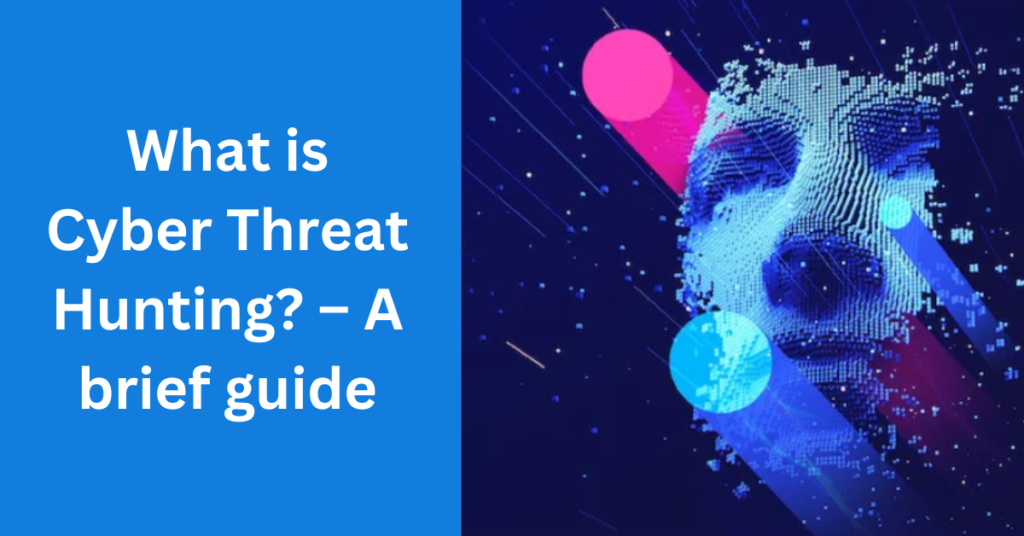
What is Cyber Threat Hunting? – A brief guide
Reading Time: 2 minutesCyber Threat Hunting is a proactive and iterative cybersecurity process that involves actively searching for signs of malicious activities or threats within an organization’s network or systems. Rather than waiting for automated security tools to identify and respond to known threats, threat hunting relies on skilled human analysts to actively explore, analyze, and detect potential security incidents that may go unnoticed by traditional security measures.
Cyber threat hunting activities primarily include:
1. Hunting for insider threats or outside attackers –
Cyber threat hunters can detect threats that come from insiders, such as employees, or external sources, such as criminal organizations.
2. Proactively hunting for known adversaries –
A known attacker is someone who is listed in a threat intelligence service or whose code pattern is on a known malware block list.
3. Searching for hidden threats to prevent the attack from happening –
Threat Hunter analyzes your computer environment through continuous monitoring. Behavioral analysis can be used to detect anomalies that may indicate a threat.
4. Executing the incident response plan –
When hunters detect a threat, they gather as much information as possible before implementing an incident response plan to neutralize the threat. This is used to update response plans and prevent similar cyber attacks.
Key elements of Cyber Threat Hunting include:
Proactive Approach:
Threat hunting is not triggered by predefined indicators or alerts. Instead, it involves a proactive and continuous effort to discover threats that may have evaded traditional security measures.
Human Expertise:
Skilled cybersecurity professionals, often referred to as threat hunters, play a crucial role in this process. They leverage their knowledge, experience, and intuition to identify patterns or anomalies that may indicate a potential security threat.
Data Analysis:
Threat hunters analyze large volumes of data generated by various sources within the network, such as logs, network traffic, and endpoint data. This analysis involves looking for abnormal patterns, behaviors, or indicators of compromise (IoCs).
Behavioral Analysis:
Threat hunters focus on understanding normal behavior within the network and systems, enabling them to identify deviations or anomalies that could indicate malicious activities. This behavioral analysis helps in identifying previously unknown threats.
Use of Threat Intelligence:
Threat hunters leverage threat intelligence feeds and databases to stay informed about the latest attack techniques, tactics, and procedures. This information helps them anticipate potential threats and understand the evolving landscape.
Collaboration with Automated Tools:
While threat hunting is a manual and human-driven process, it often involves collaboration with automated security tools and technologies. These tools can assist in collecting and analyzing large datasets, automating repetitive tasks, and correlating information for more efficient threat detection.
Hypothesis-Driven Investigation:
Threat hunters often work with hypotheses or educated guesses about potential threats. They formulate theories based on their understanding of the organization’s environment and then actively investigate to confirm or refute these hypotheses.
Continuous Improvement:
Threat hunting is an ongoing and evolving process. As new threats emerge and the organization’s infrastructure changes, threat hunters continuously refine their techniques and adapt their approaches to ensure effective detection.
Incident Response Integration:
Threat hunting is closely tied to incident response. When threat hunters identify a potential threat, they work collaboratively with incident response teams to contain, mitigate, and remediate the incident.
Overall, Cyber Threat Hunting is a dynamic and proactive security practice that helps organizations stay ahead of sophisticated and evolving cyber threats. It complements traditional security measures and adds a human-driven layer of defense to detect and respond to threats in a timely and effective manner.